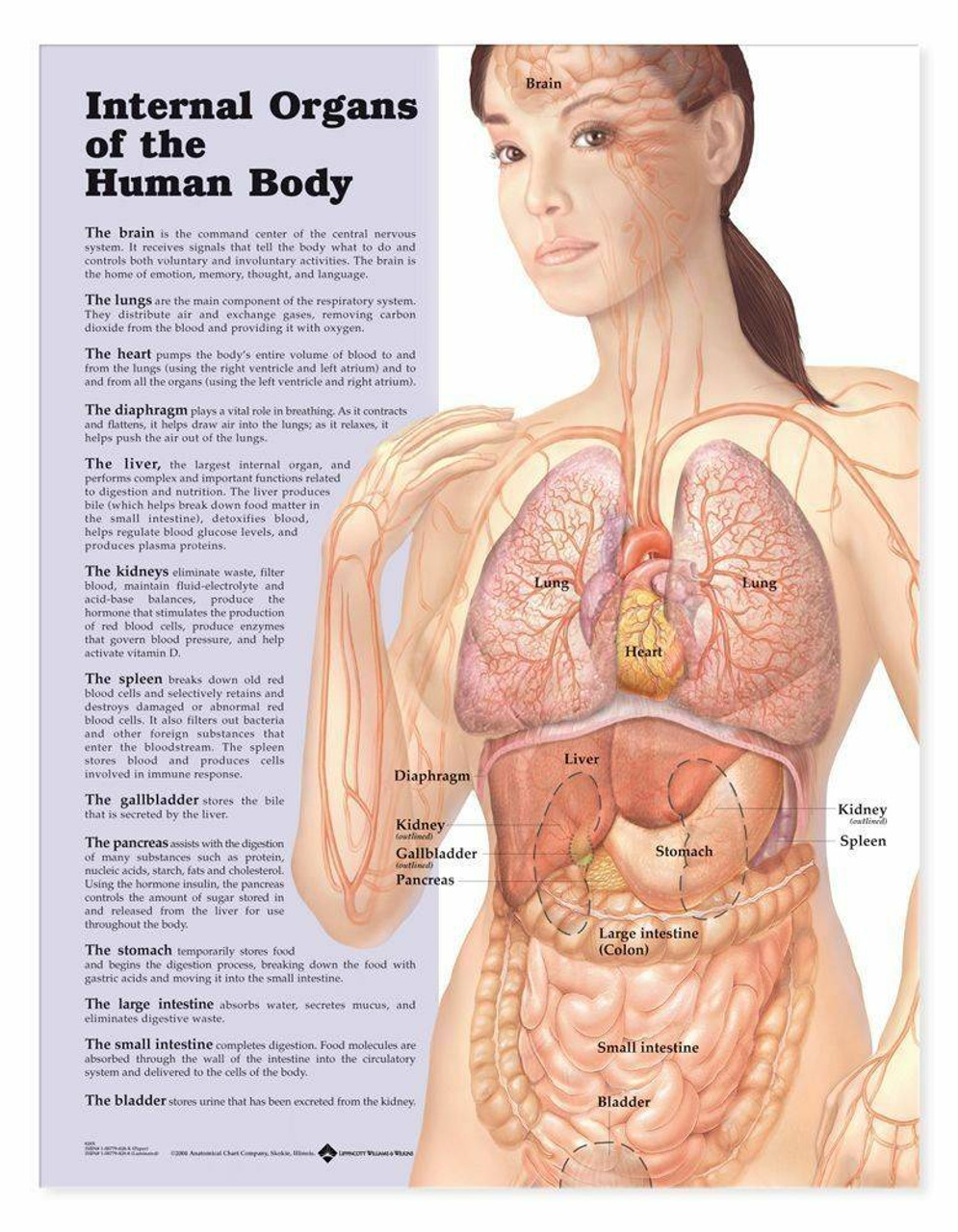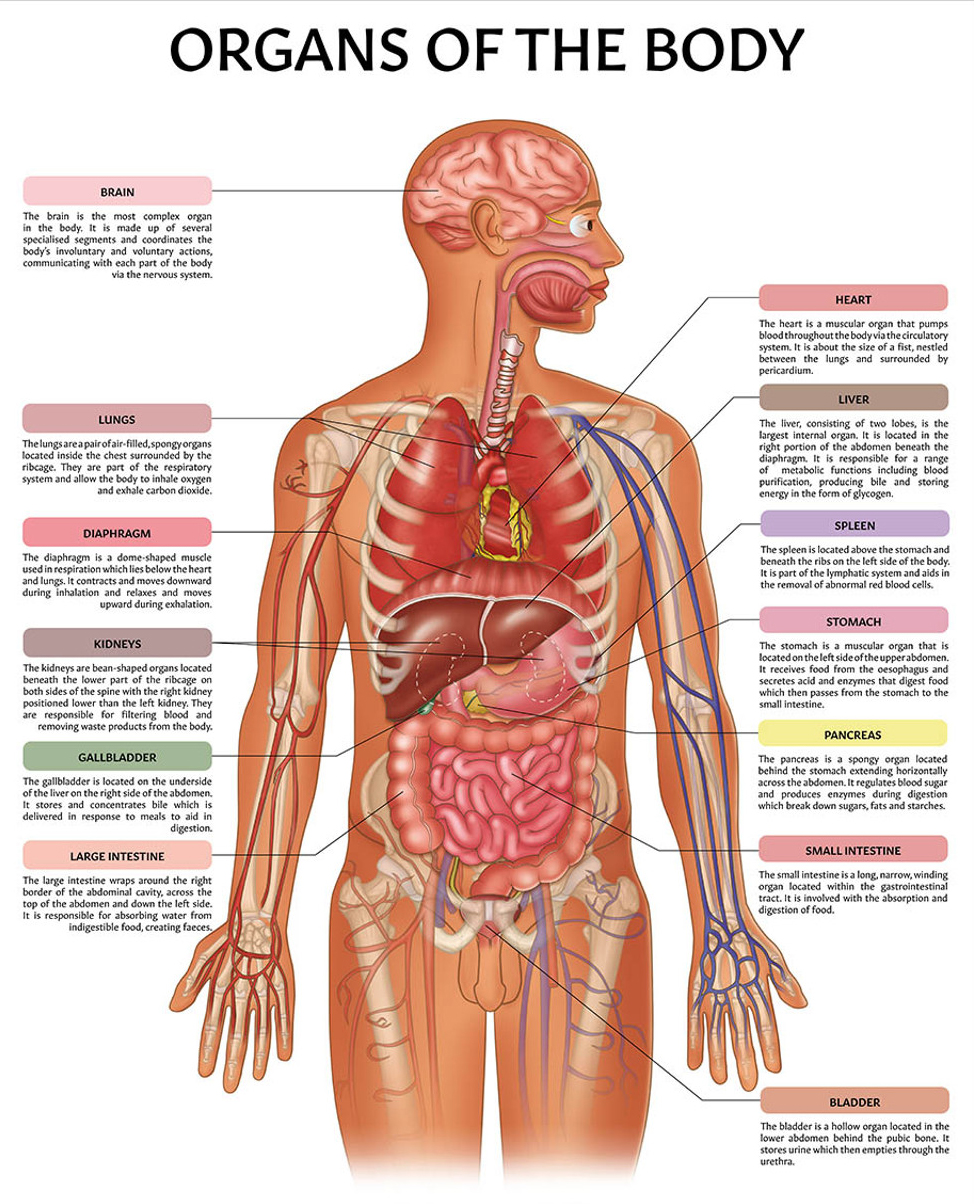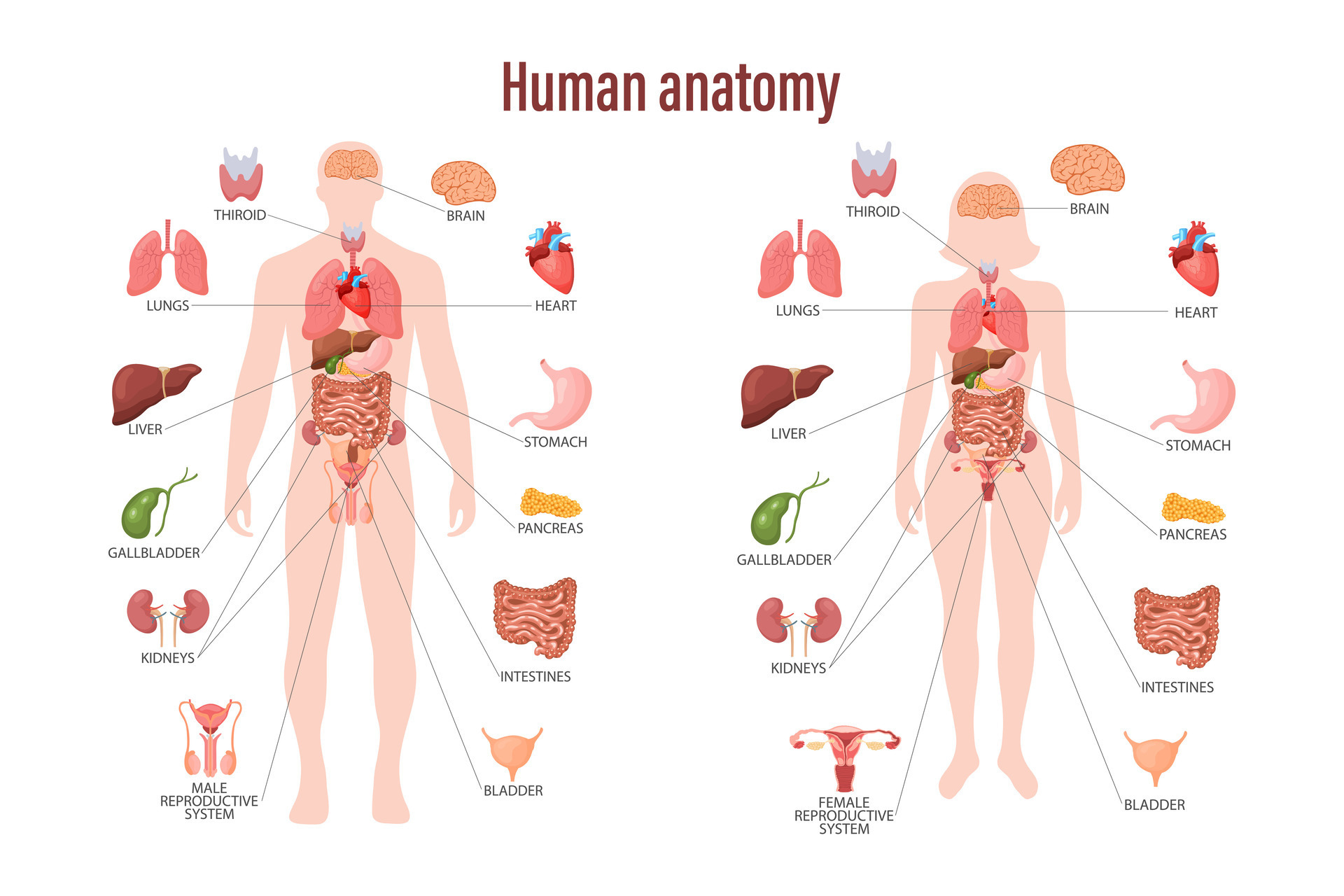WHAT IS THIS MEDICATION FOR? HOW SHOULD I TAKE OR USE THIS MEDICATION? WHAT SHOULD I DO IF I FORGET TO TAKE …
Public knowledge of human anatomy
What's New?
WHAT IS THIS MEDICATION FOR? HOW SHOULD I TAKE OR USE THIS MEDICATION? WHAT SHOULD I DO IF I FORGET TO TAKE …
WHAT IS THIS MEDICATION FOR? HOW SHOULD I TAKE OR USE THIS MEDICATION? WHAT SHOULD I DO IF I FORGET TO TAKE …
WOUND CARE: HOW TO TREAT SMALL CUTS AT HOME WHEN YOU HAVE A CUT, SEE YOUR GENERAL PRACTITIONER (GP) IF: WHEN YOU …
WHAT CAUSES CROUP COUGH IN BABIES AND CHILDREN? CROUP VIRUS TREATMENT FOR TODDLERS AND CHILDREN Find out what causes croup cough in …
Human anatomy department
The human body is the entire structure of a human being.
Human anatomy journal
Academic human anatomy research center
Public knowledge of human anatomy
MCQ questions bank
Bladder
Urinary system
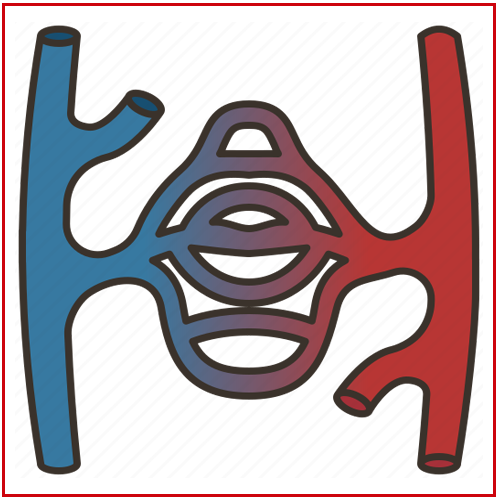
Blood and blood vessels
Cardiovascular system
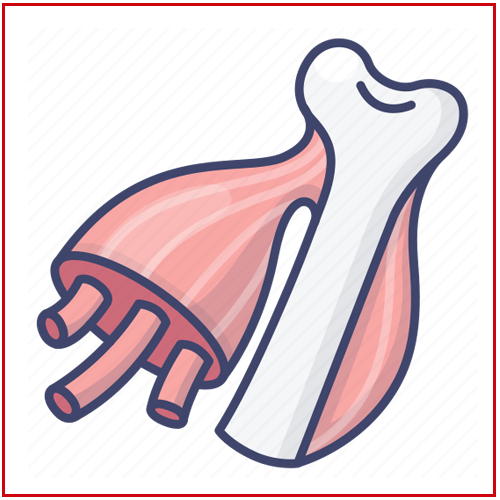
Bones, muscles and joints
Skeletal system
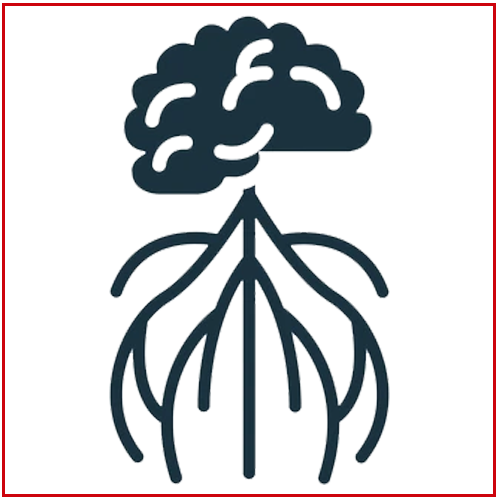
Central nervous system (CNS)
Nervous system
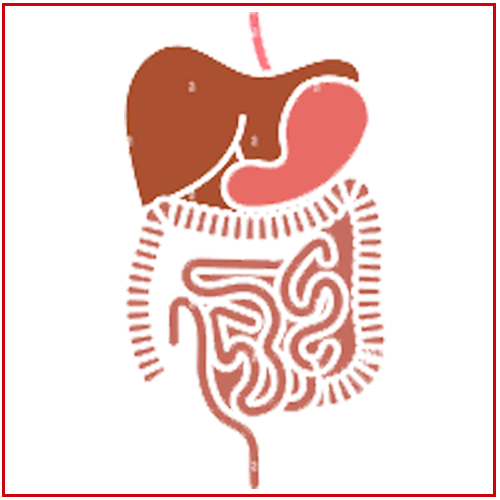
Digestive system
Digestive system
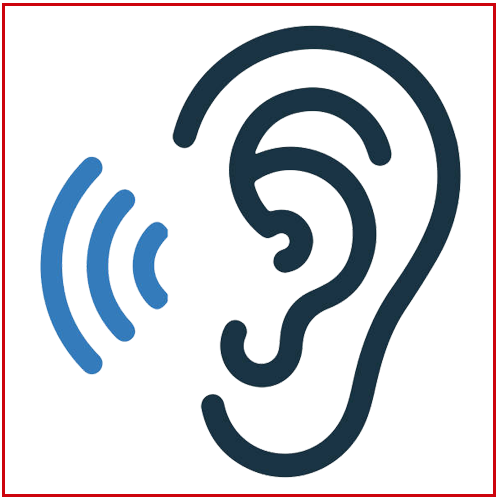
Ears
Special sensation

Eyes
Special sensation
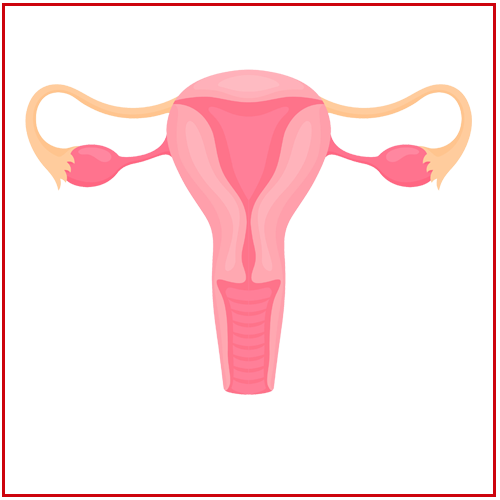
Female reproductive system
Reproductive system

Heart
Cardiovascular system
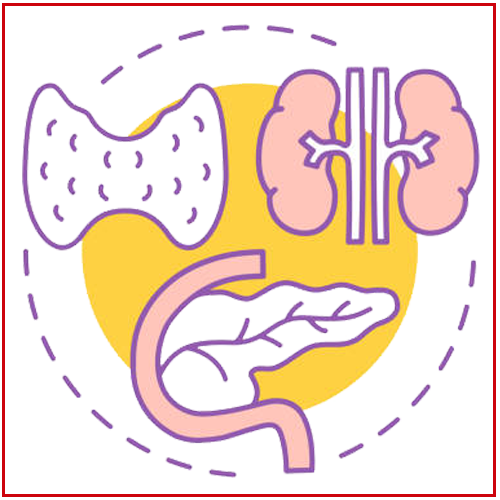
Hormonal system
Endocrine system
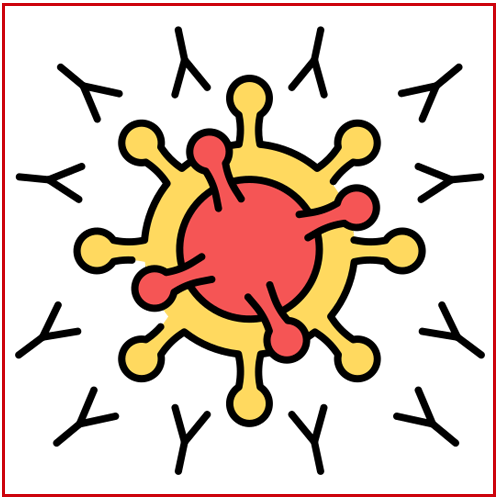
Immune system
Circulating system
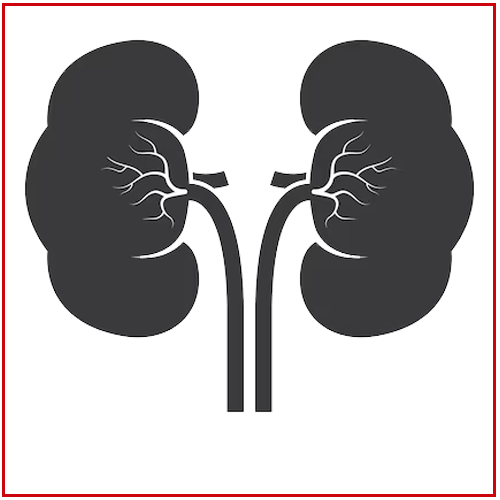
Kidneys
Urinary system
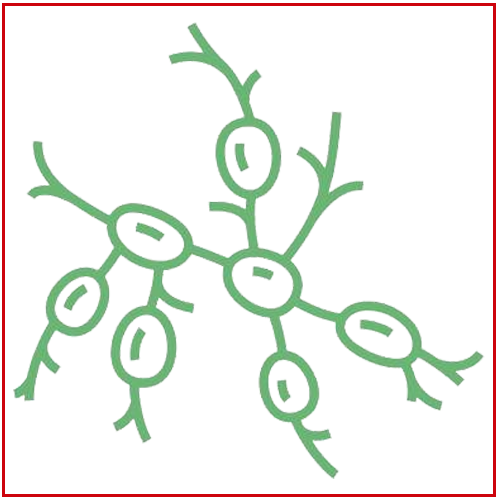
Lymph nodes
Immune system
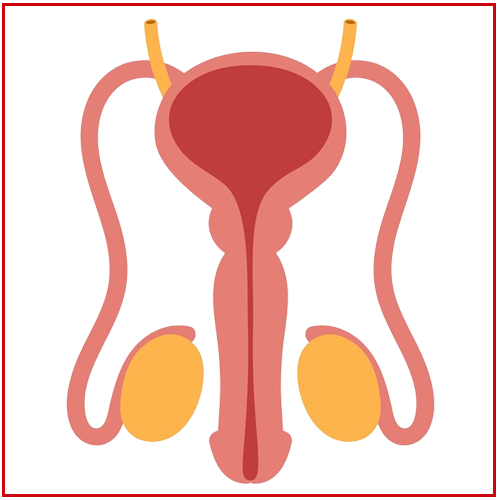
Male reproductive system
Reproductive system

Mouth and teeth
Digestive system
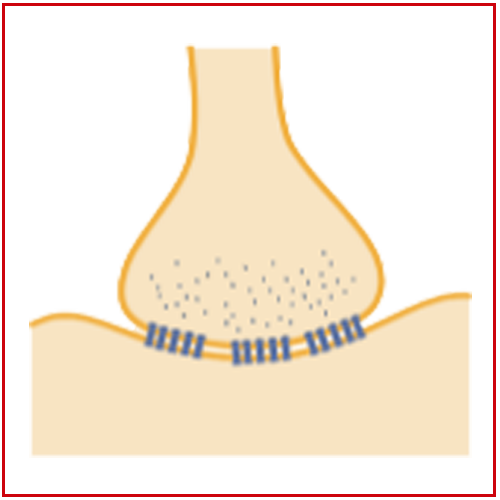
Neuromuscular system
Nervous system
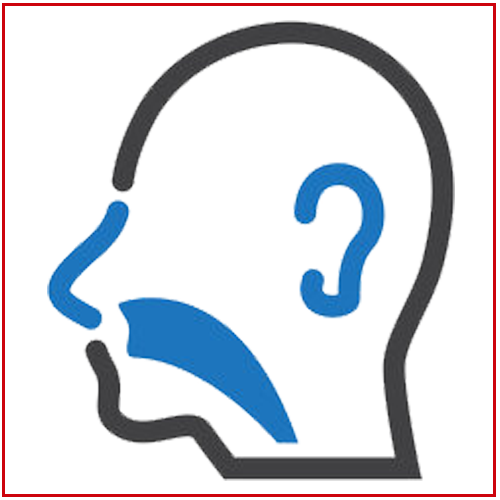
Nose and throat
Head & neck region

Nervous system
Nervous system
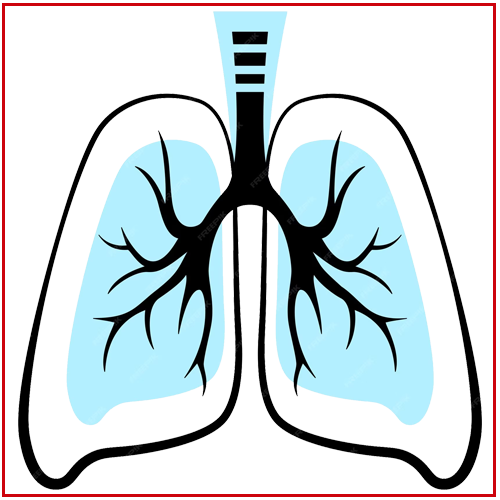
Respiratory system
Respiratory system

Skin
Integumentary system
Our Medical Research Achievments
We seek to create a comprehensive medical encyclopedia that serves medical workers as well as patients for the development of medicine worldwide

